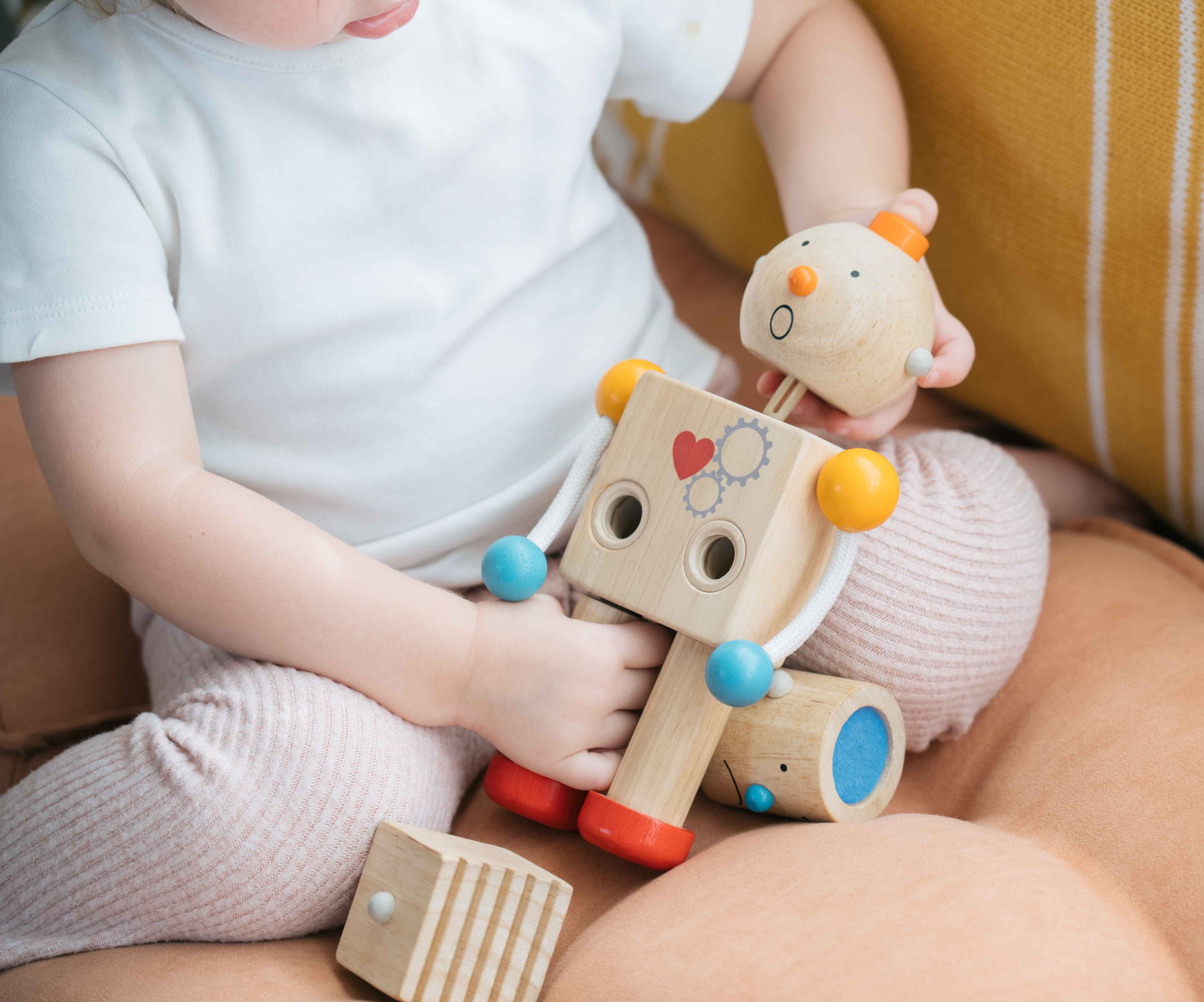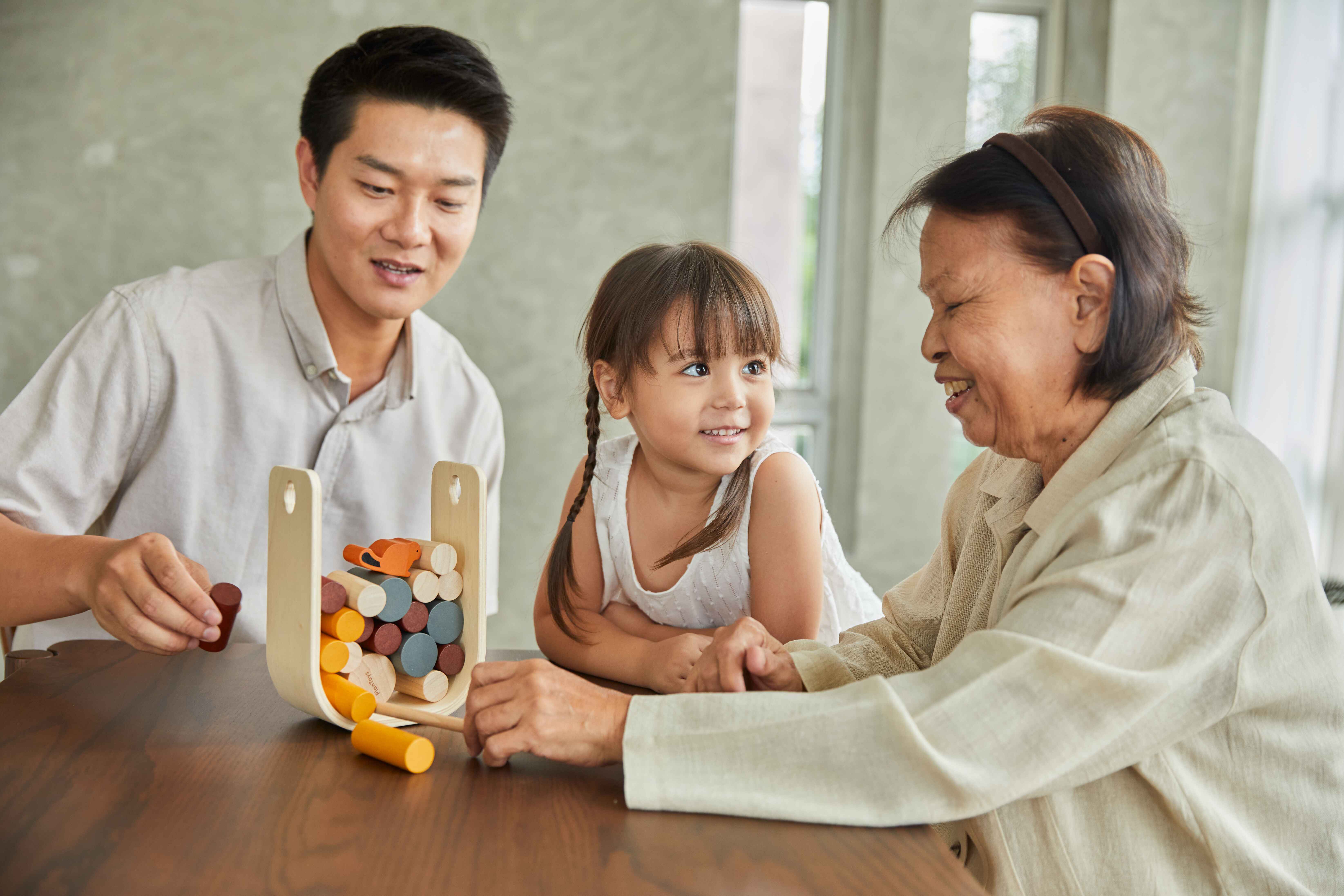Those of us who grew up in the 1980s had very different toys from the kids of today. Boys would hatch their own epic adventures with action figures like G.I. Joe, He-Man, and Transformers, while girls would weave imaginative storylines with Barbie, Strawberry Shortcake, and My Little Pony as main characters.
And then there were early game consoles from the likes of Nintendo and Sega. Those transcended gender boundaries, captivating all players with their immersive worlds and interactive gameplay.
Back then, true inclusivity was not yet part of the zeitgeist. For most toy manufacturers, the idea of creating universal toys that could be played with by any child, regardless of their ethnicity, gender, sexuality, or ability, was not a high priority. The connection between playthings and character formation had not entered mainstream consciousness.
 Dr Annabelle Chow, Principal Clinical Psychologist of Annabelle Psychology
Dr Annabelle Chow, Principal Clinical Psychologist of Annabelle Psychology
Today, it’s a different story. With woke culture demanding that workplaces and other social settings be prejudice-free, parents, caregivers, and educators have been given the responsibility of raising unbiased offspring. And toy manufacturers have had to respond to new demands.
“In today's world, where we're all about accepting and understanding diverse backgrounds, cultures, and perspectives, it's important to teach kids about inclusivity from the get-go,” says Claus Kristensen, Senior Vice President of LEGO Group Asia-Pacific. “When we do that, we're helping them learn to respect differences, be more empathetic, and make the world a friendlier place.”
Toys are now recognized as being a key means of transmitting such values. After all, “play is the highest form of research”, remarked Albert Einstein. “Toys facilitate roleplay/pretend play which provides children with experiential opportunities to learn about and scrutinise the diversity presented,” explains Dr Annabelle Chow, Principal Clinical Psychologist of Annabelle Psychology.
“Through exposure to differences [genders, ethnicities, body sizes, physical (dis)abilities etc], they are exposed to opportunities to imagine being placed in such situations, and develop empathy and an appreciation for differences,” she adds.
A study commissioned by LEGO Group in 2022 found that 84 percent of parents believed that toys can educate children about diversity, while 80 percent of children were interested in toys that taught them about different cultures.

“Children experience toys as a microcosm of their own environment, and so it is important, for example, that dolls are not always the stereotypical blonde,” says Susan Tay, founder of The Better Toy Store. The store, which is celebrating its 20th anniversary in 2024, was a pioneer in the field, retailing toys that reflect the spectrum of the human condition.
“Our Goetz dolls, PlanToys, and Djeco families all have brown and black dolls and even the white dolls are brunette, ginger and yes, blonde, so that children experience diversity of ethnicities as a norm. It is ironic that we often teach children about animal biodiversity but forget about human diversity,” Tay quips.
In 2022, LEGO introduced new characters to its Friends lineup, with characters with different skin tones, cultural backgrounds, physical and non-visible disabilities, and neurodiversity. For example, the character Autumn is missing the lower part of her arm (a condition from birth) while the character Paisley is described as shy and struggling with social anxiety. In the spirit of inclusivity, even pets are portrayed with differences: Pickle the dog comes in a wheelchair.
“Toys can also help children to better understand the notion of diversity, and to learn that diversity is natural,” says Dr Chow. “For example, children may become curious about the different skin colors or genders of their toys. In turn, this could help them to accept their peers despite differences, and with appropriate guidance, promote respect for differences and reduce alienation/ostracism that arise from differences (e.g. bullying someone simply because they’re overweight).”
Sue Lim, Co-founder of online toy retailer Sensational Play, believes that it is through play that children acquire the essential emotional skills to help them develop empathy and compassion for others. The business was born out of The Social Quotient, a consultancy firm and inclusion advocacy that Lim and her husband Mark established in 2014.
“We curate our products so that children will be able to learn important skills such as logic and cognition, executive functioning, creativity, and social engagement. As such, the products are accessible to all, and promote inclusivity for all children, regardless of their ability,” say the Lims.
Sensational Play caters to a wide range of customers, from educators, parents, therapists and counsellors to children with special needs, such as attention-deficit/hyperactivity disorder (ADHD), autism spectrum disorder (ASD), dyslexia, visual/hearing challenges, cerebral palsy, or developmental delays.

The common misconception is that toys designed for neurodivergent children are not suitable for neurotypical children. This, says Dr Chow, is incorrect. While toys for special needs children are tailored to address specific developmental areas – such as fine or gross motor skills, sensory integration, or emotional regulation – all toys are universally playable and can be enjoyed by all children.
As technology progresses, AI and AR could play a role in creating more inclusive play experiences. By being tailored to children’s’ individual needs, such technologies have the potential for a wider reach and a greater impact on fostering inclusivity in society.
“AI and AR are powerful tools for all play experiences. Customized and/or personalized learning is an obvious advantage. AR will probably be able to create a mimicry environment for children with special needs to ‘practise’ interaction with different and possibly dangerous environments safely and securely,” offers Tay.
“The caveat is that AI/AR is not the real world, and the temptation for caregivers to defer to technology to take over these difficult tasks may also diminish the bonds between humans. Even as the child may be better equipped, the irony is that the rest of the world becomes even less willing to invest in the time and effort needed to understand a differently-constructed human being,” she adds.
Ultimately, Dr Chow believes, children enjoy playing with toys that are fun and interesting, and parents and caregivers should not feel compelled to “engineer” or curate every toy or book for a higher or deeper purpose.
In terms of transmitting important societal values that will shape the outlook of young ones, she feels that toys are mere tools. “Toys are complementary to, and should not replace, the primary responsibilities of parents and educators in fostering inclusivity in our children,” she maintains.







 Dr Annabelle Chow, Principal Clinical Psychologist of Annabelle Psychology
Dr Annabelle Chow, Principal Clinical Psychologist of Annabelle Psychology






 Back
Back
